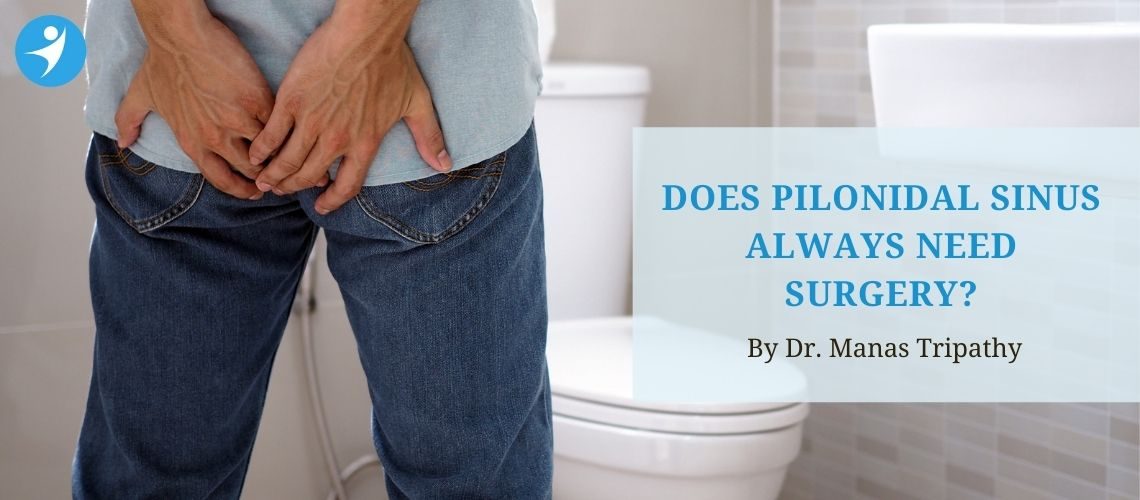While surgery is the most common treatment for a pilonidal sinus, it’s not the only option. There are a number of nonsurgical treatments available, and in some cases, surgery can be avoided altogether. If you’re not sure whether surgery is the right choice for you, you can consult the best pilonidal sinus doctor in Koramangala.
What Is a Pilonidal Sinus?
A pilonidal sinus refers to an infected tract under the skin between the buttocks. The affected area may resemble a small hole or pore in the skin with a dark patch or hair inside. A pilonidal abscess is a type of infection that occurs when the pilonidal cyst becomes infected.
Symptoms of Pilonidal Sinus
A pilonidal sinus is a tract that can become infected between the buttocks. The most common symptom is pain, but other symptoms may include swelling, redness, drainage of pus or blood, and fever.
Causes of Pilonidal Sinus
In many cases, the exact cause of a pilonidal sinus is not known. The possible risk factors include obesity, poor hygiene, sitting for long periods of time, and having curly hair. Some people may also be born with a predisposition to developing a pilonidal sinus.
Treatment Options for Pilonidal Sinus
In most cases, surgery will be recommended to treat a pilonidal sinus. However, there are some cases where surgery may not be necessary. For example, if the sinus is small and does not cause any symptoms, medication, monitoring, etc., may be considered. Surgery is considered after all other options have failed.
Hair Removal:
- In the absence of severe infection, hair removal is recommended for pilonidal sinus management.
- According to a few studies, regular removal of hair and practicing good hygiene in that area may reduce the incidence of severe pilonidal sinus.
Medication:
- In the early stages, when there is no sign of inflammation, a broad-spectrum antibiotic may be recommended.
- Antibiotics don’t heal the condition but address the pain and discomfort caused due to infection.
Lancing or Abscess Drainage:
- If there is pus built, it has to be drained. The doctor will carefully open the abscess and drain all the pus away.
- During this procedure, the doctor will remove hairs, infected blood, and pus inside.
- The wound heals within four weeks, and in most cases, patients do not require any other treatments.
Surgery:
- In the case of recurrent pilonidal sinus or multiple sinus tracts, a surgical procedure may be recommended. The sinus may be completely cut out or opened for cleaning.
- Complete removal of the sinus leads to better clinical outcomes.
- Nearby inflamed tissues may also be removed to prevent recurrences.
- This procedure takes about 30 minutes, and the wound heals within 4 weeks.
Conclusion
A pilonidal sinus can be a painful and embarrassing condition, but you might not need surgery. There are a number of treatment options available, and the pilonidal sinus doctor in Koramangala will be able to recommend the best option for you.

